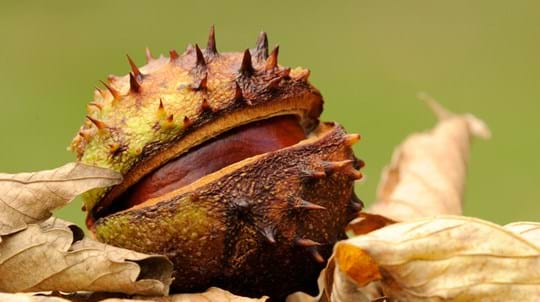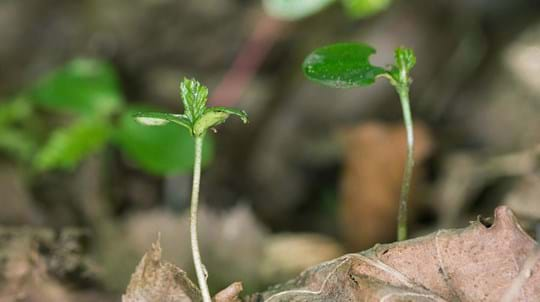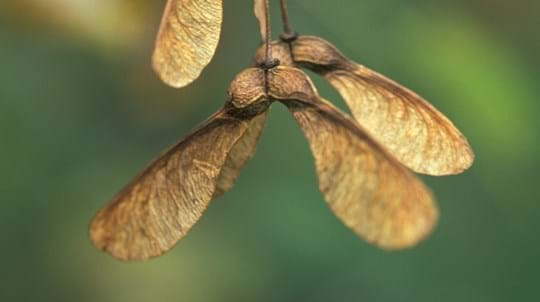
Spot the changing seasons
Have you noticed buds bursting into leaf or fruit ripening in the hedgerows? Tell us what's happening to the trees around you and help scientists track the effects of climate change on wildlife.
Take part in our Nature's Calendar survey







